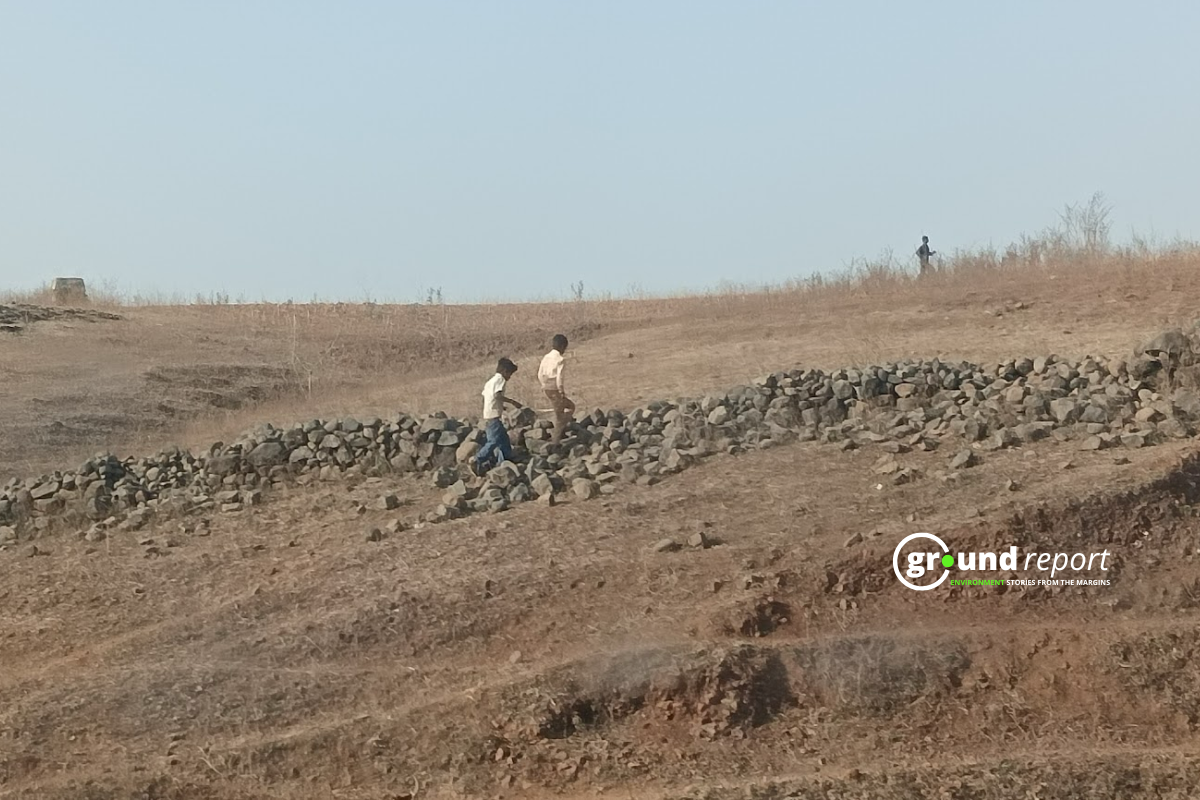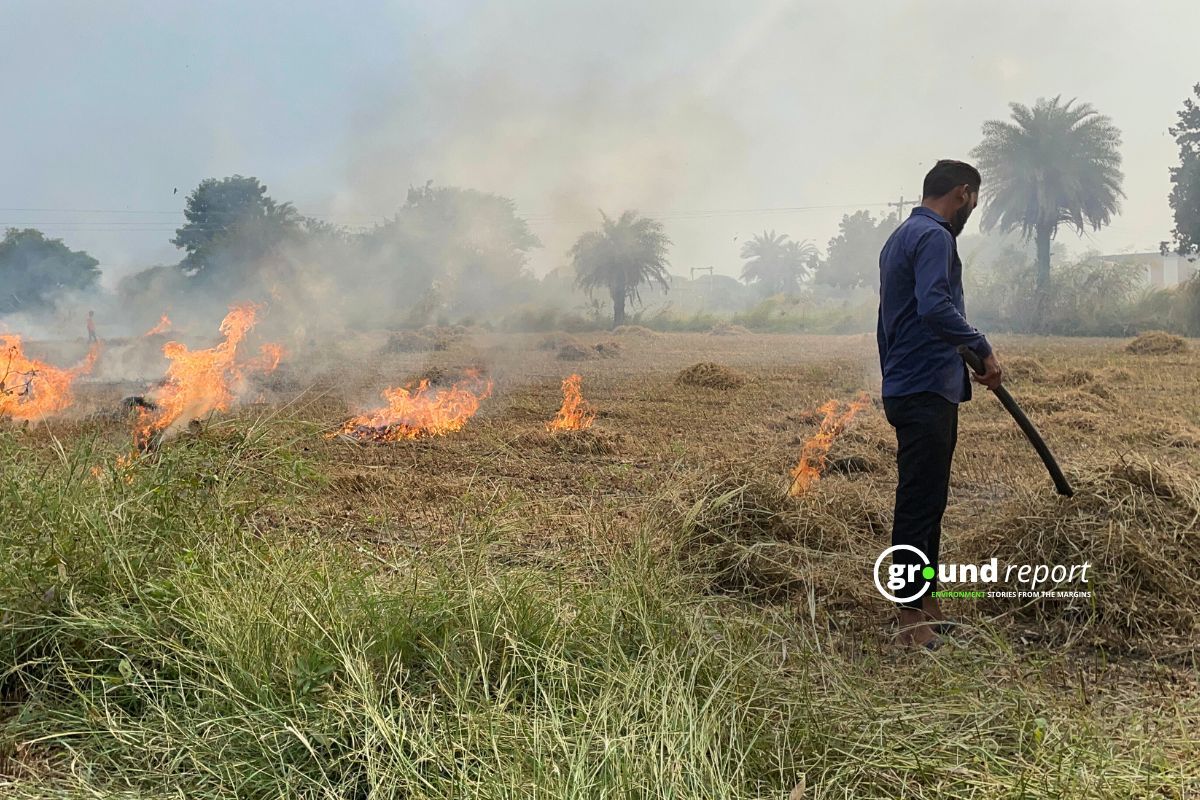In a recent Lok Sabha session, India’s Union Health Minister emphasised India’s goal to end tuberculosis (TB) by 2025, five years ahead of the global target of 2030. The government has worked to reduce TB cases and deaths, but a recent report shows the country is not on track. Many milestones set for 2020 and 2023 have been missed, and more progress is needed to meet the 2025 target.
However, India’s commitment to eliminating tuberculosis (TB) has been globally recognised, with the World Health Organisation (WHO) highlighting a remarkable 17.7% decline in TB incidence from 2015 to 2023, more than double the global average decline of 8.3%.
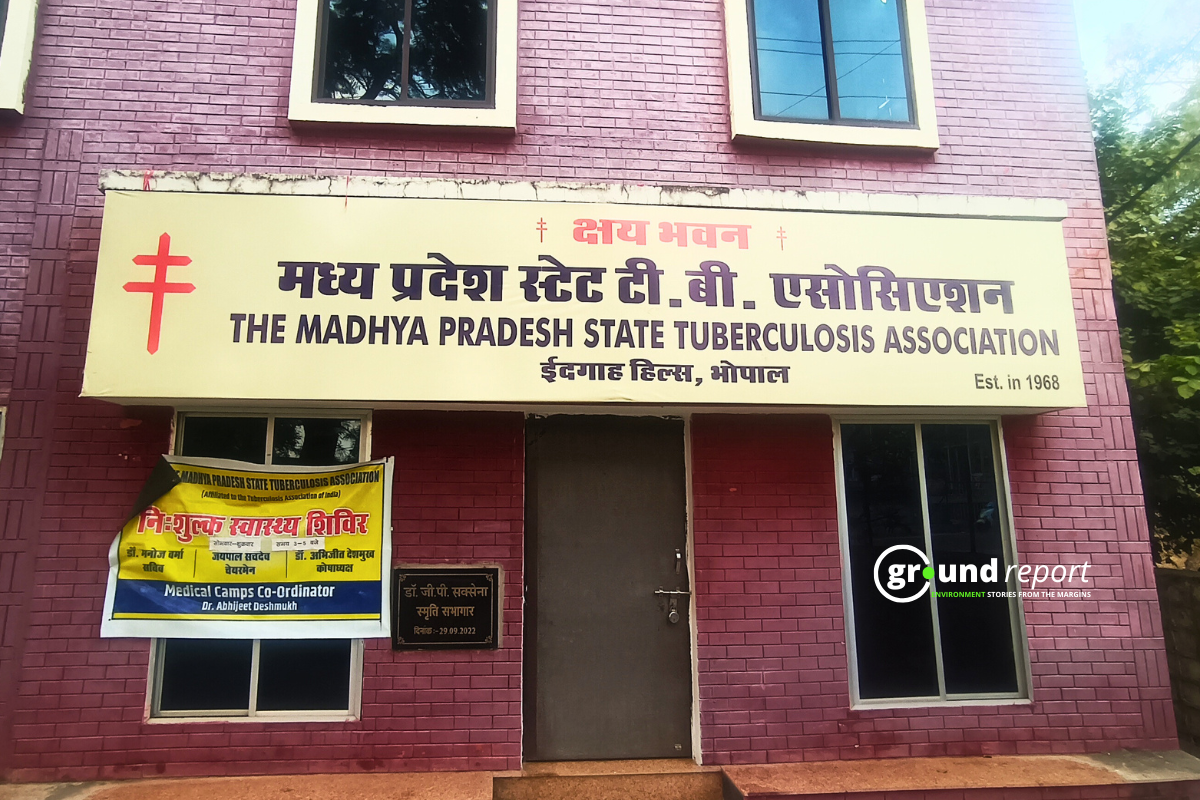
India aims to end TB by 2025, but progress lags
In 2018, India’s TB elimination strategy follows the World Health Organisation’s (WHO) End TB Strategy, with interim goals for 2020 and 2025 and a final target for 2035. India’s 2025 deadline is more ambitious. However, according to the Global Tuberculosis Report 2024, India has missed two of the three major 2025 interim milestones:
-
2020 targets: By 2020, India aimed to reduce TB deaths by 35% and TB incidence by 20% compared to 2015 levels. Instead, deaths were reduced by 24%, and incidence decreased by 18%.
-
2023 goals: Targets under the National Strategic Plan included reducing TB incidence to 77 per 100,000 and TB deaths to six per 100,000. Current figures are 195 per 100,000 for incidence and 22 per lakh for deaths, far from these goals.
-
2025 target: To achieve a TB-free India by 2025, the annual decline in TB cases must accelerate to 10%. However, the current rate of decline, at 1.8% annually, mirrors the global average and is insufficient to meet the deadline.
In 2021, the Ministry of Health and Family Welfare (MoHFW), in collaboration with various development partners, launched the Tuberculosis (TB) Mukt Bharat Abhiyaan as part of the NSP India 2020–25 initiative. This major mission aims to eliminate TB and end the epidemic by 2025.
Historically, India has the highest TB cases and deaths globally, accounting for 26% of cases and deaths in 2023. That year, there were 27 lakh TB cases in India, and 25.1 lakh were diagnosed and treated. Treatment coverage improved from 72% in 2015 to 89% in 2023, but a big problem remains: about 5 lakh TB cases each year go undiagnosed or unreported, the highest gap globally, according to the Global Tuberculosis Report 2024.
Drug-resistant TB (DR-TB) is a serious problem. India has a large share of global multidrug-resistant TB (MDR-TB) and extensively drug-resistant TB (XDR-TB) cases. Despite new treatments and testing methods, gaps in finding and treating these cases worsen the TB crisis.
Why is TB elimination by 2025 unlikely?
Despite strong goals and efforts, India is unlikely to eliminate TB by 2025 due to many undiagnosed and unreported cases. Around five lakh TB cases go undetected yearly, making it harder to control the disease as untreated people can spread it. While testing facilities have improved, many rural and underserved areas still lack access to healthcare.
Another major issue is the rise of drug-resistant TB (DR-TB), including multidrug-resistant TB (MDR-TB) and extensively drug-resistant TB (XDR-TB). These types are harder to treat, with only 46% of MDR-TB cases and 31% of XDR-TB cases successfully treated. They require long, complicated treatments that don’t always work, making it harder to meet the elimination target.
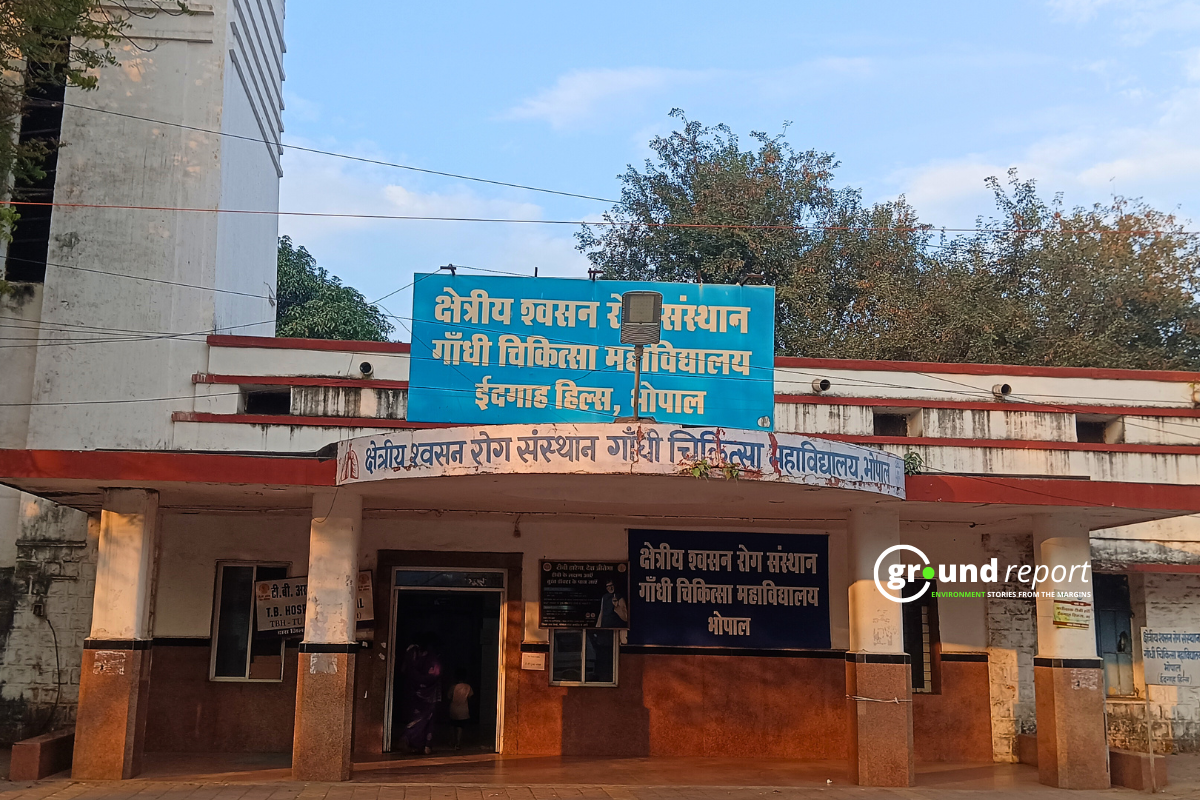
India’s healthcare system faces systemic problems, especially in rural areas. There aren’t enough trained healthcare workers, and services are poorly organized. This slows down TB diagnosis and treatment. TB cases are dropping by 1.8% per year, far below the 10% annual reduction needed to meet the 2025 goal.
The COVID-19 pandemic disrupted healthcare services. Fewer TB cases were reported during the pandemic because resources focused on COVID-19, delaying diagnosis and treatment. Combined with challenges like poverty, malnutrition, and overcrowded living conditions, TB continues to spread.
Experts believe India is more likely to eliminate TB closer to 2100 than 2025. While the government has made progress, much more needs to be done to close healthcare gaps, improve detection and treatment, and address the social issues driving TB. Only then can India achieve its TB-free goal.
Source: WHO End Game Strategy document; Global Tuberculosis Report
Govt enhances TB detection, treatment
The government has introduced measures to help detect, treat, and prevent tuberculosis (TB) faster. They have focused on areas with more TB cases for extra help. TB patients across the country can get free medicines and tests. Health workers are visiting people’s homes to find cases, especially in vulnerable communities. Private doctors are being encouraged to report and treat TB patients.
The government is also supporting TB patients’ nutrition through a scheme called Ni-kshay Poshan Yojana, which provides financial help for food during treatment. New labs for fast and accurate TB testing have been set up in smaller areas. Public awareness campaigns are being run to reduce the stigma around TB, promote early diagnosis, and ensure patients follow their treatment plan.
The government’s National Strategic Plan (2017–2025) and the National TB Elimination Programme (NTEP) under the National Health Mission (NHM) have reduced TB cases and deaths in India. Here are some key achievements:
Fewer TB cases and deaths: Between 2015 and 2023, TB cases dropped by 17.7% from 237 to 195 per 100,000 people. TB-related deaths decreased by 21.4%, from 28 to 22 per lakh people.
Better testing: In 2023, India conducted 1.89 crore sputum tests and 68.3 lakh advanced tests to detect TB, improving access to accurate and timely diagnosis.
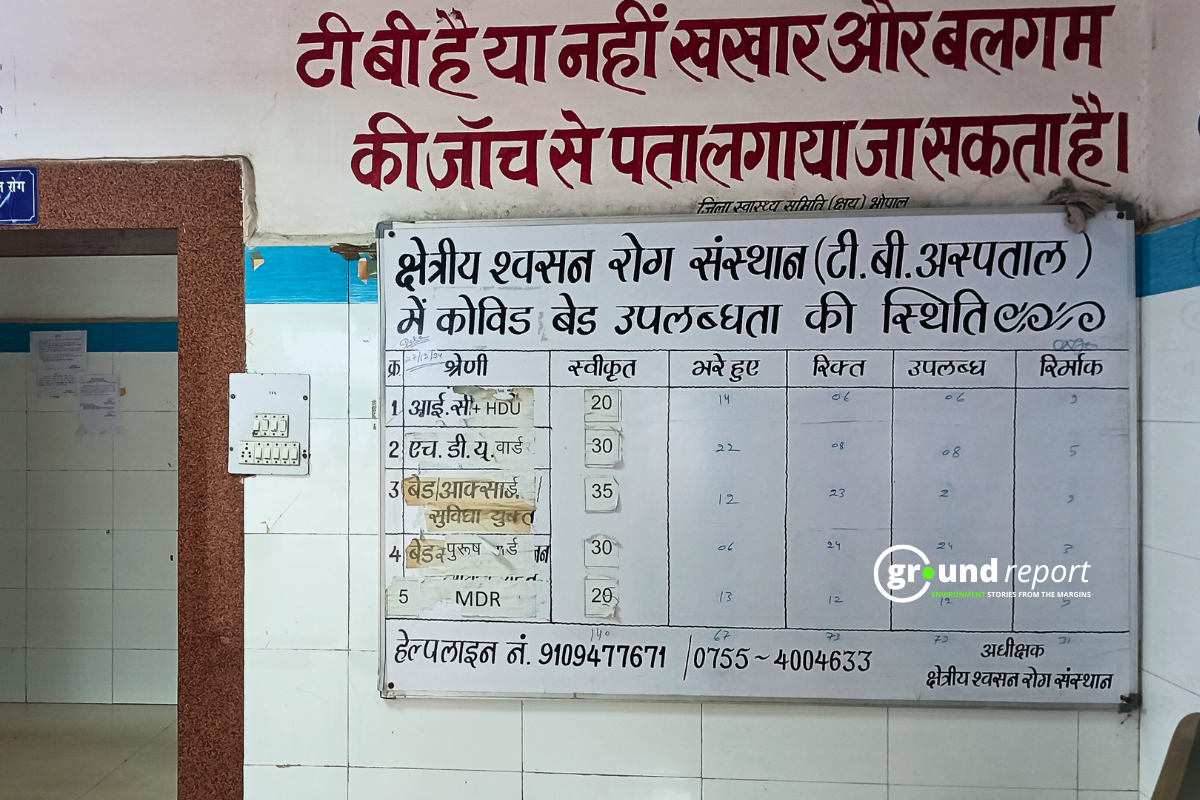
Improved treatment: Shorter, all-oral treatment plans for drug-resistant TB (DR-TB) have reduced delays. Preventive treatments now reach 15 lakh people, including those on newer, quicker regimens.
Nutritional support: Through the Ni-kshay Poshan Yojana, TB patients receive financial aid to buy nutritious food, addressing the disease’s root causes like malnutrition.
The government has launched the 100-Day TB Elimination Campaign in 347 districts across 33 states and territories. This campaign focuses on quickly finding and treating TB cases, reducing delays, and improving care for vulnerable populations.
Way forward
To maintain progress against TB, several actions are underway. These include studying the adult BCG vaccine, expanding and speeding up Tuberculosis Preventive Therapy (TPT) with new and shorter treatments, and improving access to advanced diagnostic testing for suspected TB cases, along with better tracking and reporting.
Additionally, TB services are being decentralised through “Ayushman Arogya Mandirs,” bringing healthcare closer to communities. Patient support is also being strengthened with the PMTBMBA initiative, ensuring better care at the community level.
India has progressed in fighting tuberculosis (TB), but reaching the 2025 elimination target will be a challenge. The government’s efforts, like the 100-Day TB Elimination Campaign, give hope. However, to meet its goals, India needs a stronger, inclusive approach that fixes system gaps, improves diagnosis and treatment, and addresses the social and economic factors contributing to TB spread.
The goal of a TB-free India is not just public health—it’s a moral obligation. Achieving it requires strong political commitment, continuous funding, and community involvement. By learning from past mistakes and building on current progress, India can lead the way in defeating one of the world’s oldest diseases.
Support us to keep independent environmental journalism alive in India.
Keep Reading
Watch: Kashmir experiences first snowfall of season after dry spell
Amarnath Yatra: Tackling rising death toll from extreme weather events
Tourists arrival in Kashmir break records, a need to regulate it?
From tourist paradise to waste wasteland: Sindh River Cry for help
Follow Ground Report on X, Instagram and Facebook for environmental and underreported stories from the margins. Give us feedback on our email id greport2018@gmail.com.
Don’t forget to Subscribe to our weekly newsletter, Join our community on WhatsApp, and Follow our YouTube Channel for video stories.



